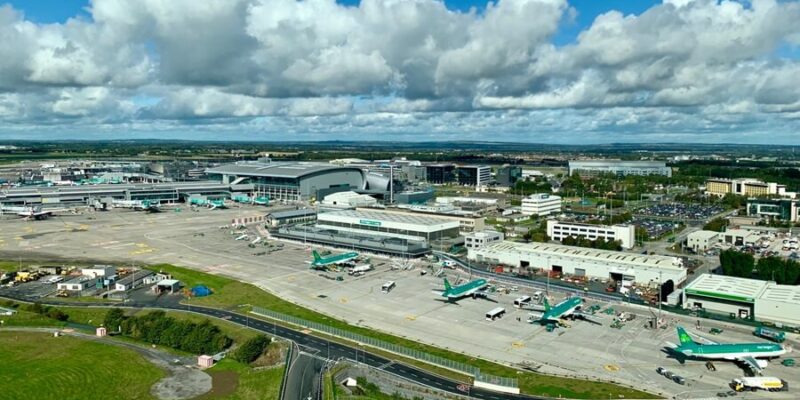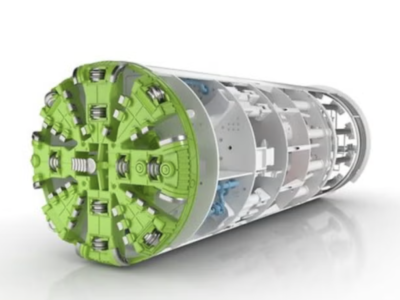
Although Ryanair and a community group were objecting construction of the tunnel beneath Dublin Airport, Ireland’s planning body has granted permission for this €200M (£171M) project.
In order to building a 0.7 km long twin-cell enclosed tunnel underneath one of the airport’s runways, An Bord Pleanála has awarded Dublin Airport operator DAA permission, whereas the tunnel is due to be linked to the surface by ramps and portals.
The purpose of constructing this tunnel is to enable airside vehicles to traverse the airport’s crosswind runway more safely and efficiently.
With emphasize on not giving rise to any unacceptable impacts on the amenities of the surrounding area or on traffic safety and convenience during construction and operation, An Bord Pleanála’s appeals board approved the development.
Additionally, it determined that the development would not present an unacceptable risk to water quality.
The first date that this development was given the go-ahead by Fingal County Council was February 2023.
Despite that, stating that the development could not be justified economically, airline operator Ryanair appealed against the decision.
It said that the development should be subject to a cost/benefit assessment and consideration of alternatives, due to the significant costs associated with the development and the disruption that it would entail.
Also considering that the extent of the proposed excavation to construct the tunnel is considerable, the DAA’s Environmental Impact Assessment Report (EIAR) fails to provide detail on the storage or disposal of this material.
Due to the environmental grounds, north Dublin-based residents’ group St Margaret’s The Ward (SMTW) Environmental Designated Activity Company (DAC) appealed against the development and said: “The measures proposed to mitigate the impacts of the development on the environment were inadequate.”
Following that An Bord Pleanála checked the submissions, it satisfied that the main direct and indirect impacts of the development on the environment, such as dust, construction traffic, and surface and groundwater pollution, would be reduced by measures set out in the DAA’s EIAR.
Speaking to The Irish Times following the decision, the DAA said: ” The tunnel is required to improve access and safety on the airfield, allowing for the segregation of aircraft and vehicles, and the movement of vehicles to the west apron, which has been restricted since the opening of the North Runway in August, 2022. Access to the west apron is critically important to cargo operations, transit operations, general aviation, stand-by parking and contingency stands.”
With almost 0.7 km length, an overall alignment of about 1.1 km in length from top of ramp to top of ramp, this tunnel will have approximately 24m external width, while its internal height from road to tunnel ceiling will be approximately 5.5m. It will be up to 17.5m below existing ground level.
















